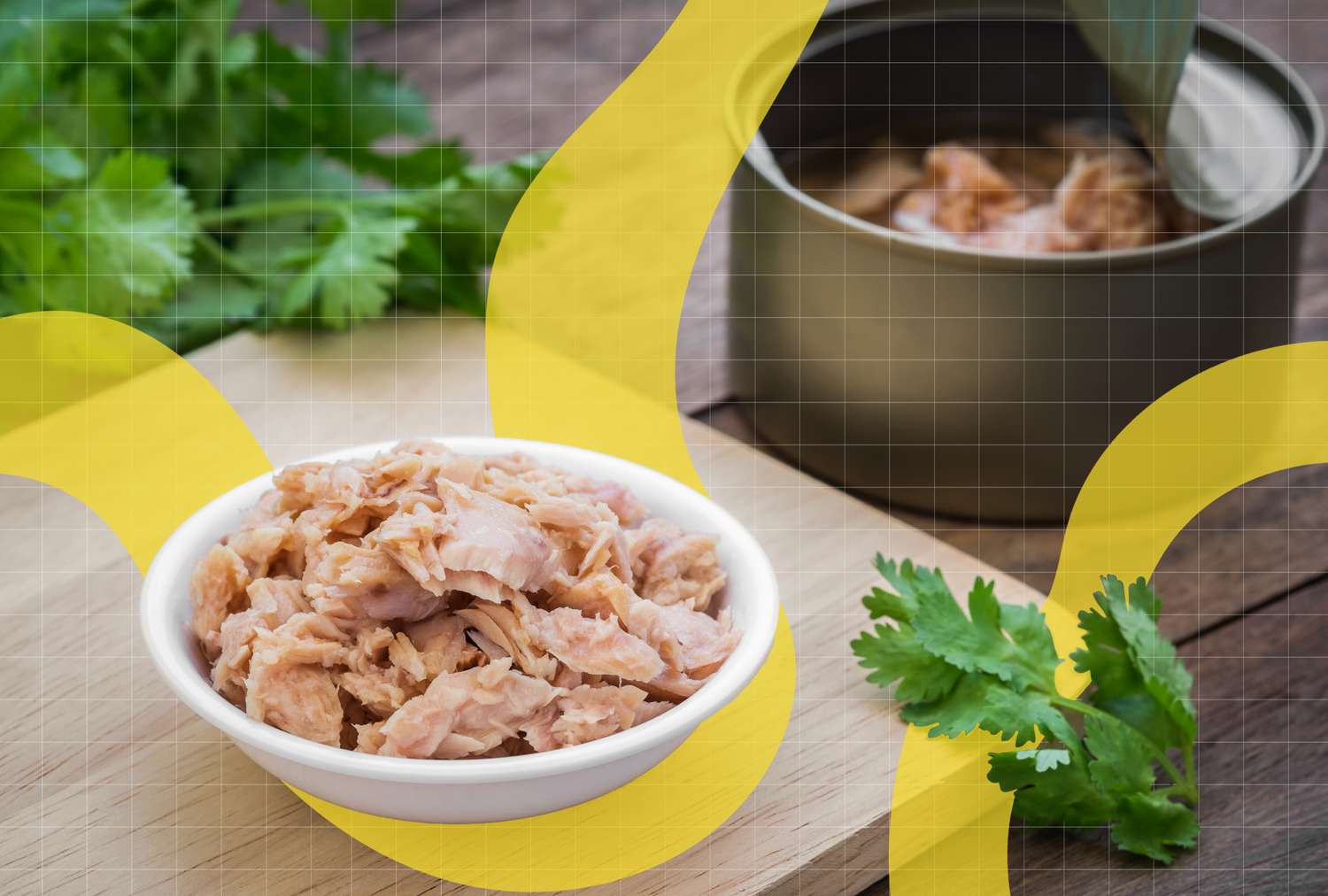Blog
How Selenium May Limit Mercury Risks from Canned Tuna

- Tuna contains mercury, but it also provides selenium, which may help reduce mercury’s harm.
- Research shows that selenium binds with mercury, moving it away from the brain.
- Eating a variety of low-mercury seafood is safest, especially for pregnant people and children.
Canned tuna fish is a healthy pantry staple for many of us. But persistent headlines calling out the mercury levels found in tuna may have you worried about consuming too much of the heavy metal. So, is there cause for concern?
Mercury is a heavy metal and neurotoxin found in fish that can be harmful if you consume too much over time, and it may be especially risky for pregnant or breastfeeding women and young children. Luckily, for tuna lovers, the benefits seem to outweigh the risks. “Mercury in tuna is something to be mindful of, but it’s not a reason to avoid tuna altogether,” states Lauren Manaker, M.S., RDN, LD, CLEC. Tuna does contain some mercury, but it also delivers selenium, a mineral that can actually help protect against mercury’s toxicity.
With over 90% of Americans not eating the recommended 8 ounces of seafood per week, we dug into the science to help you figure out what you need to know about the benefits and risks of tuna, and how selenium, a trace mineral, can help.
How Selenium May Limit Mercury Damage
Selenium also plays a key role in your thyroid, reproductive and immune health. Most Americans get enough selenium in their diets. You can find the trace mineral in some fish, seafood, Brazil nuts, meat, poultry and enriched pastas.
Research shows that selenium reduces the availability of mercury by binding to it and redistributing it away from your brain. This reduces the amount of mercury in your body’s tissues. “Selenium is a trace mineral that tightly attaches to mercury, helping to reduce its toxicity,” notes Amy Brownstein, M.S., RDN. “Additionally, selenium is a potent antioxidant that helps lower oxidative stress and inflammation in the body.”
Selenium in Tuna Fish
The good news is that tuna fish is an excellent source of selenium. The amount of selenium can vary between the different types of tuna. Yellowfin has more than skipjack (or light) tuna, which in turn has more than albacore (white) tuna. But all of the canned varieties have about 100% of the RDA or more, although cooked bluefin tuna clocks in slightly lower, delivering about 70% of your daily selenium needs., ,
While selenium is helpful, much of our understanding of the way mercury and selenium interact comes from animal studies, and more human research is needed.
Manaker adds, “Selenium seems to act as a natural defense against mercury in some cases, but there’s still more to learn about how this works in people. Selenium doesn’t ‘cancel out’ the methylmercury exposure that can occur from eating certain fish. For now, eating a variety of seafood in moderation and choosing low-mercury options is still the best way to enjoy the benefits of selenium while minimizing mercury exposure.”
Tips for Limiting Mercury in Your Diet
- Choose smaller fish. “Smaller species, like skipjack tuna (often found in canned light tuna), tend to have lower mercury levels compared to larger fish, like albacore or bigeye tuna,” offers Manaker.
- Mix up your seafood. While tuna is accessible and many of us love it, variety is key. This helps you get different nutrients from your fish and seafood. “Prioritize seafood with lower mercury content,” suggests Brownstein, “such as anchovies, sardines, salmon, tilapia, shrimp and cod.”
- Choose low-mercury fish if you’re pregnant or breastfeeding. The Dietary Guidelines recommend eating 8 to 12 ounces of fish and seafood that are lower in mercury each week. “If you’re eating albacore (white) tuna, limit it to 4 ounces per week,” adds Manaker.
- Kids should also limit higher-mercury seafood. “Children should eat two servings per week of a ‘Best Choice’ fish like canned light tuna,” says Brownstein. The serving size varies by age, starting at 1 ounce for 1- to 3-year-olds and going up to 4 ounces for 11-year-olds.
Canned Tuna Fish Recipes to Try
Our Expert Take
Luckily for tuna lovers, not only does tuna come in lower mercury options, but it’s also rich in selenium, which may help reduce the risks of mercury. “Seafood, including tuna, is an incredibly nutritious part of a balanced diet. It’s packed with protein, omega-3 fatty acids and essential nutrients that support brain, heart and overall health. The key is to enjoy it in moderation as a part of a balanced and healthy diet,” says Manaker.
While mercury can sound scary, moderate amounts of low-mercury seafood can absolutely fit into your diet. Considering that most Americans fall far short of the seafood recommendations, tuna can be an easy way to enjoy more, as a sandwich, salad or mixed into a rice or grain bowl. Remember to mix up your seafood choices, and load up on other healthy foods like fruits, vegetables, whole grains, nuts and seeds as part of a balanced diet.












